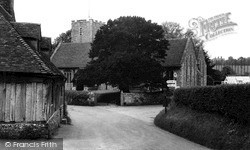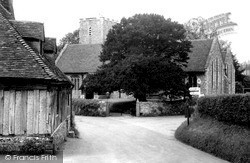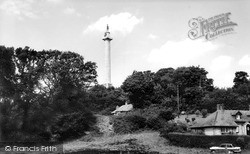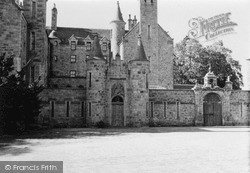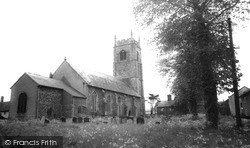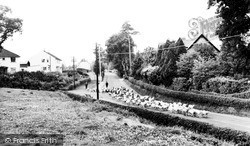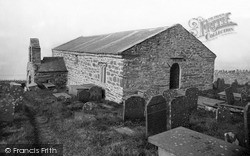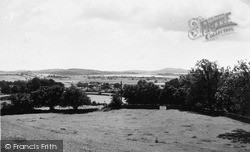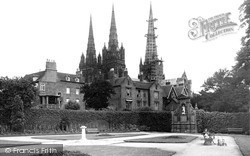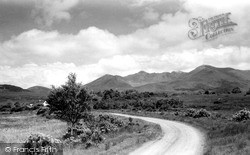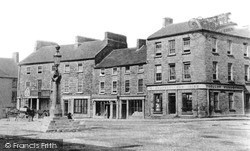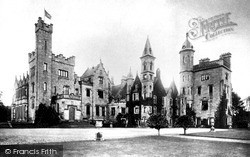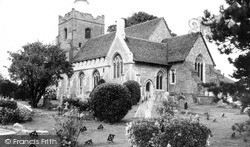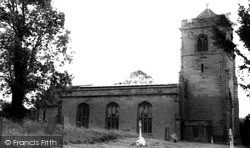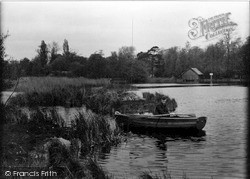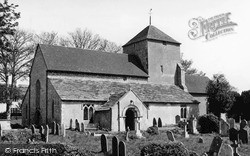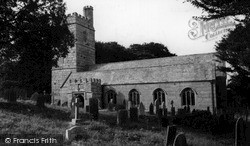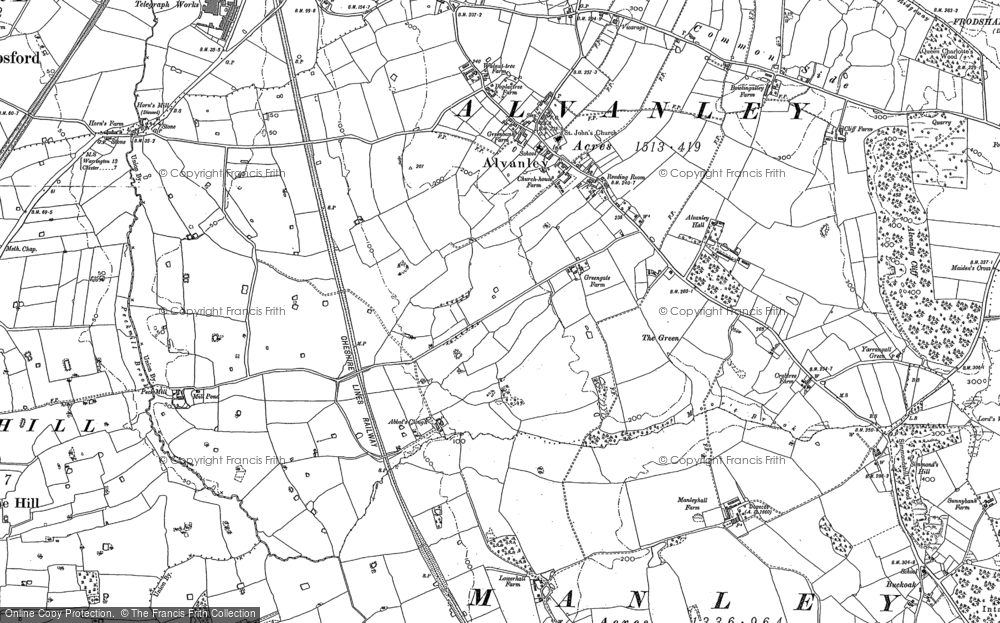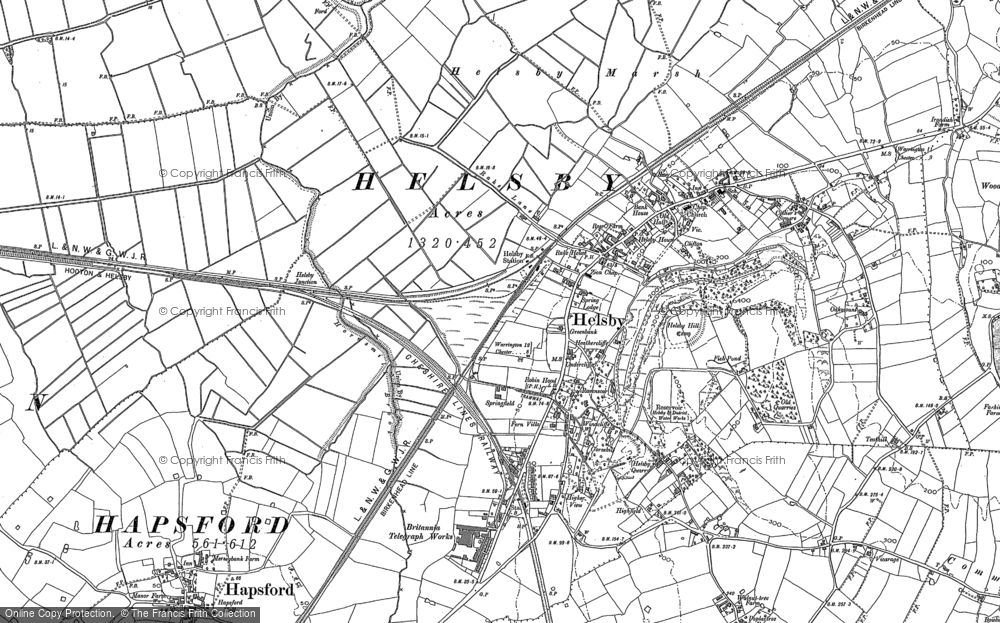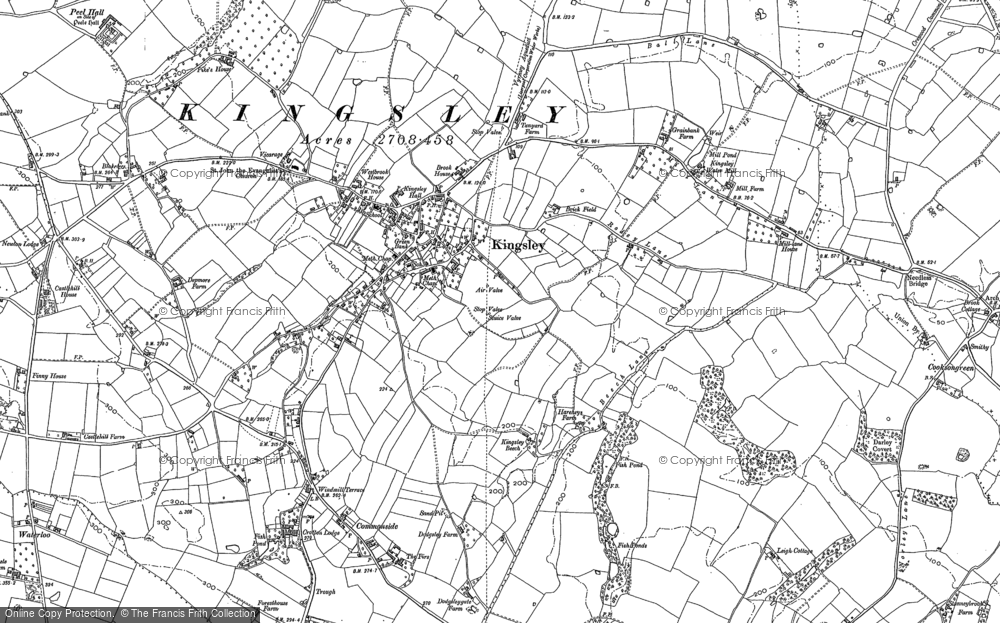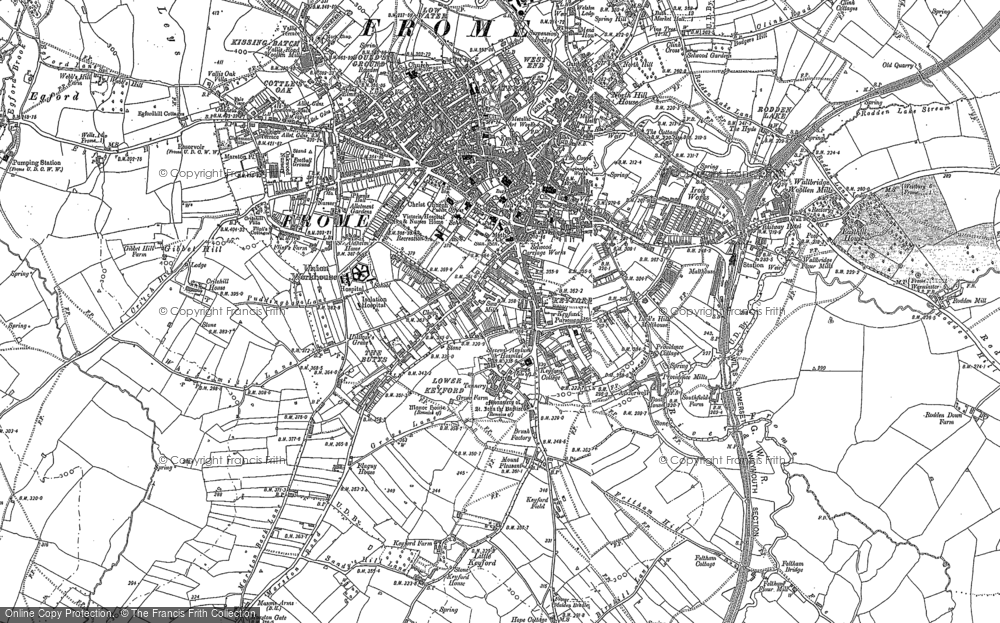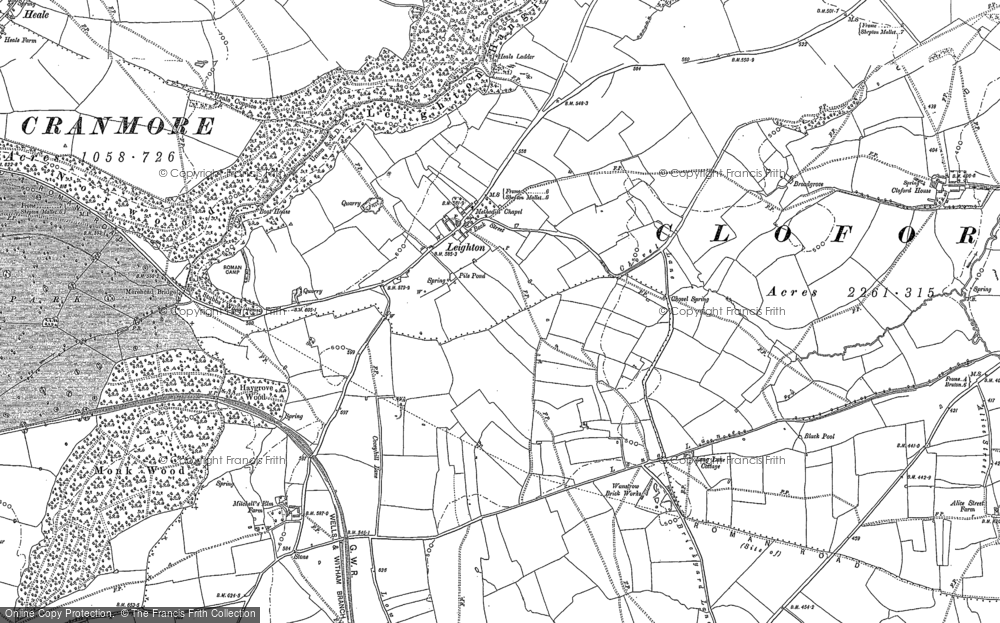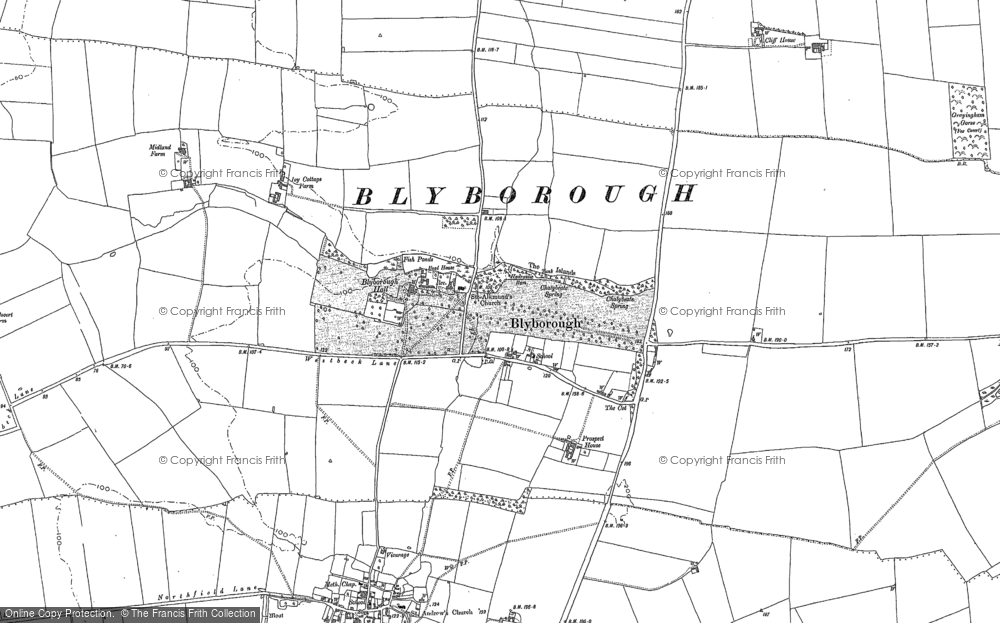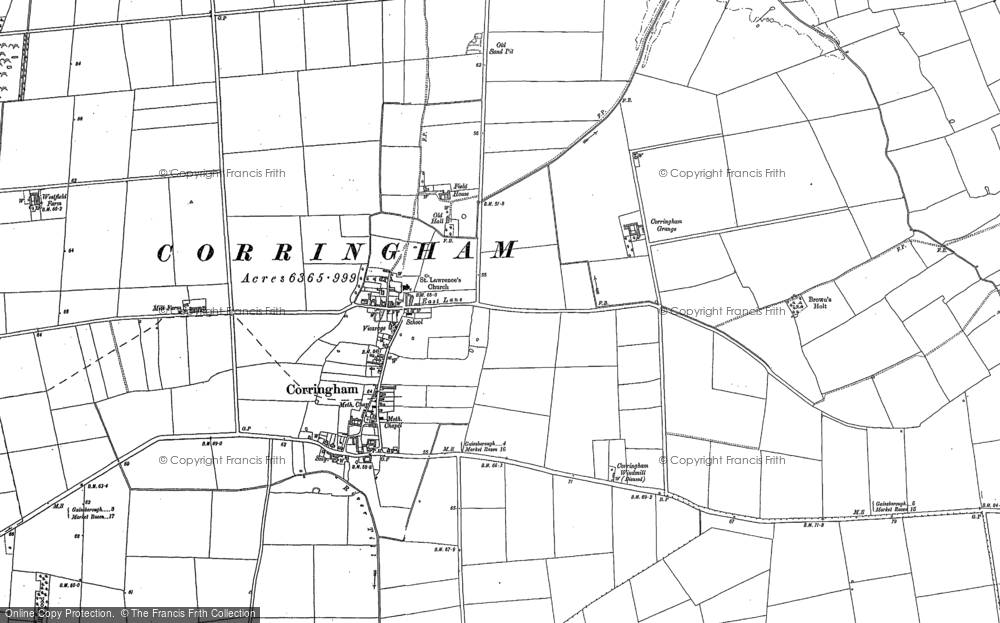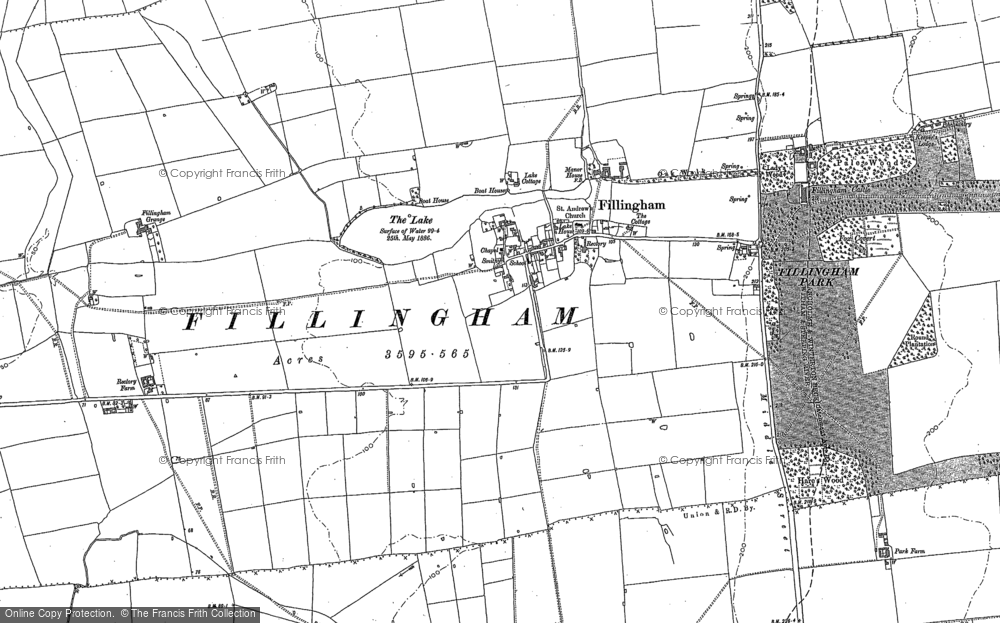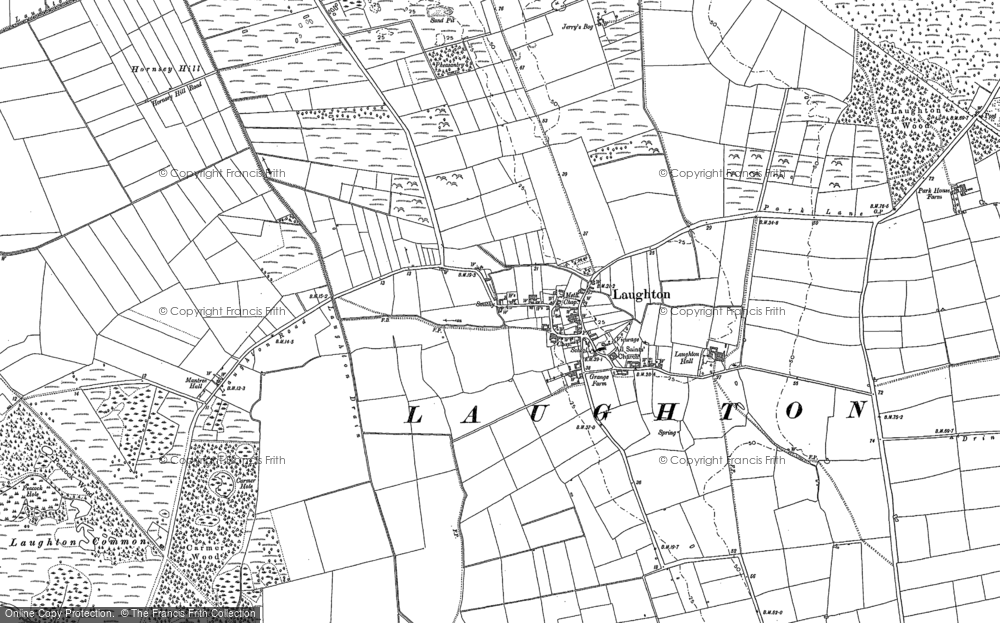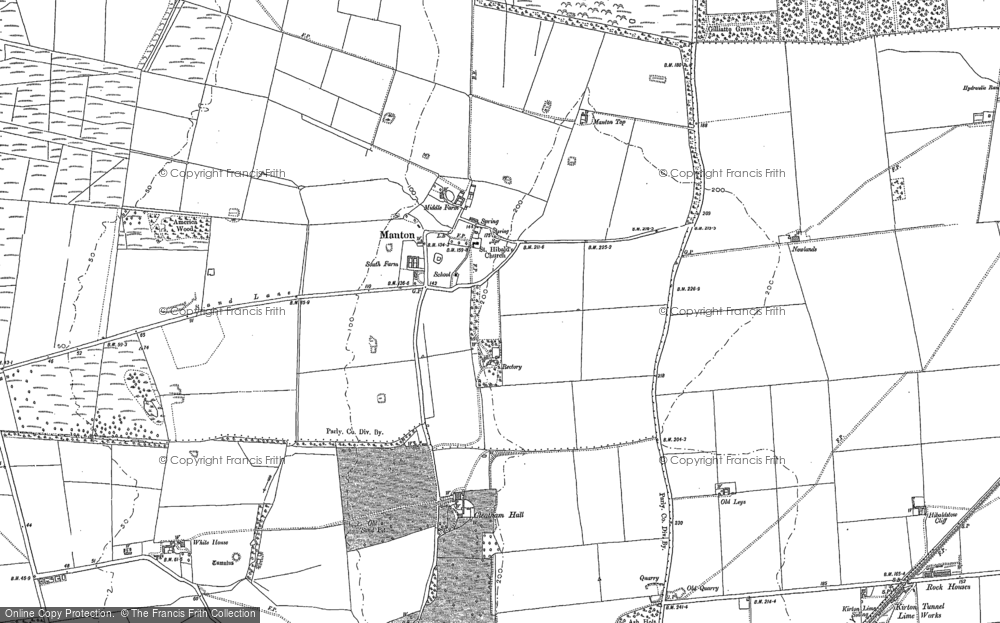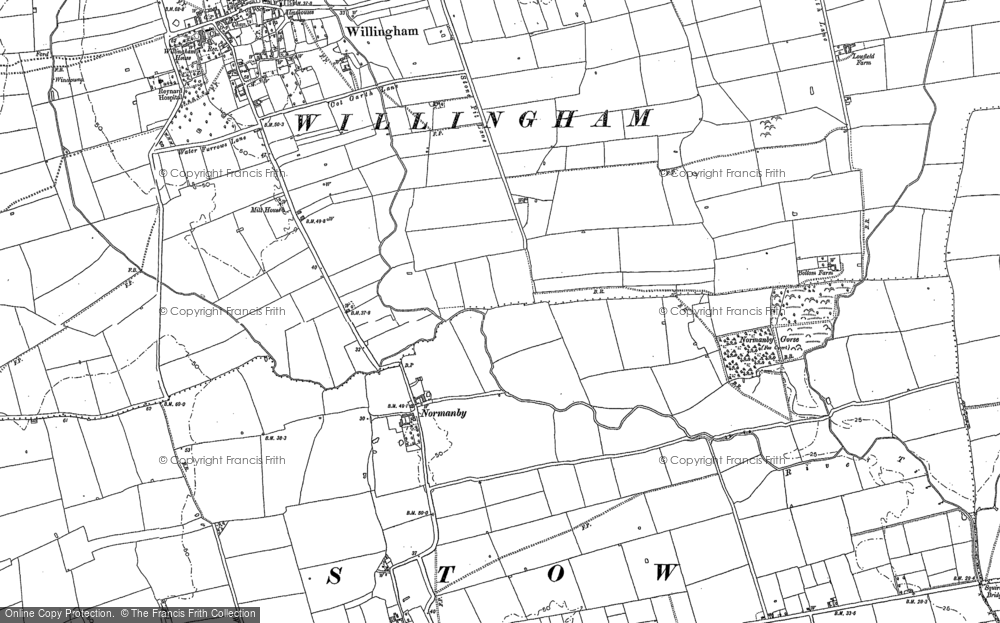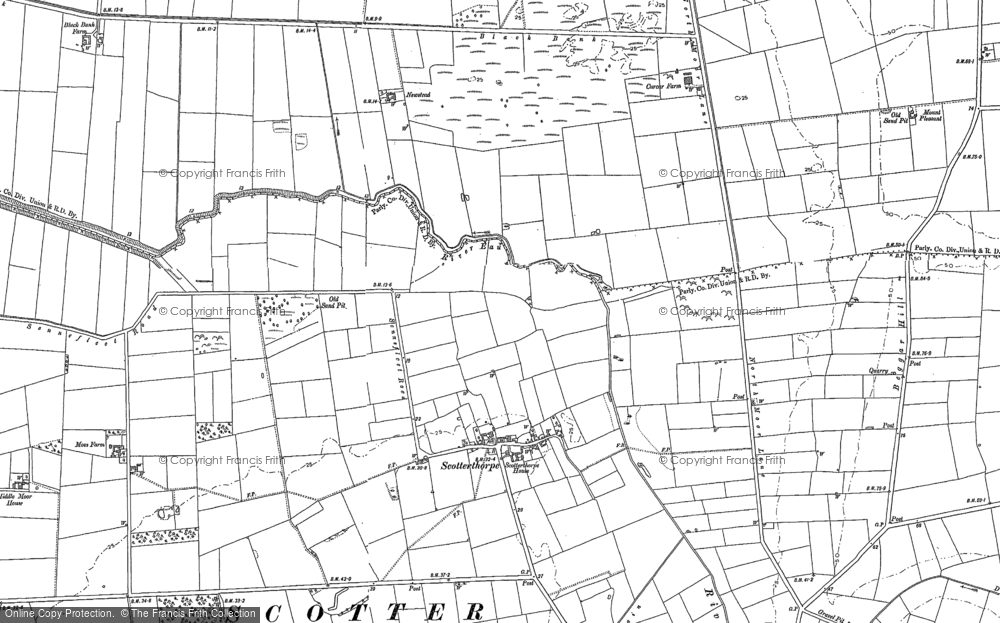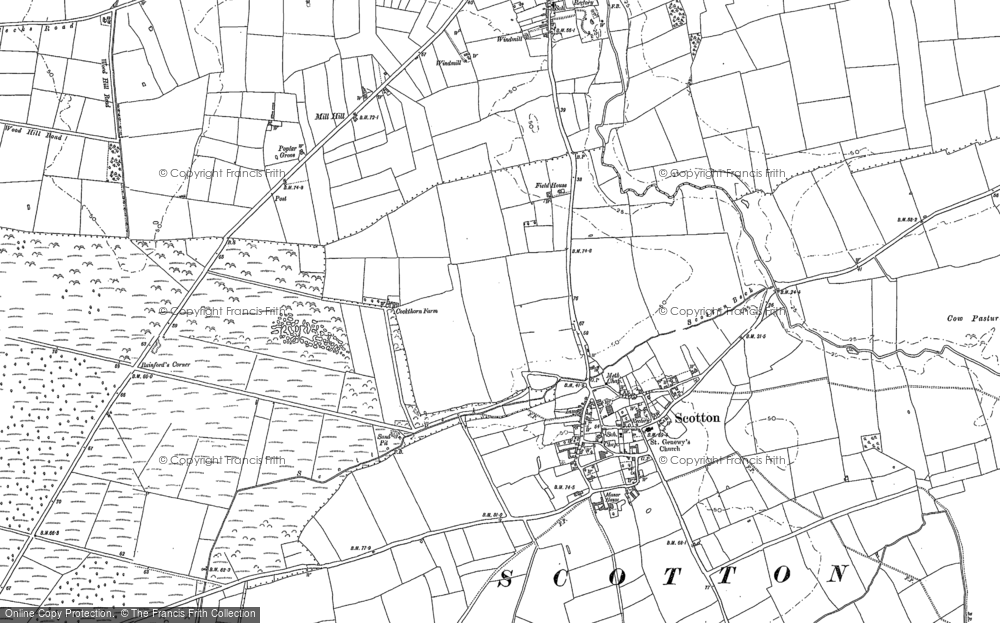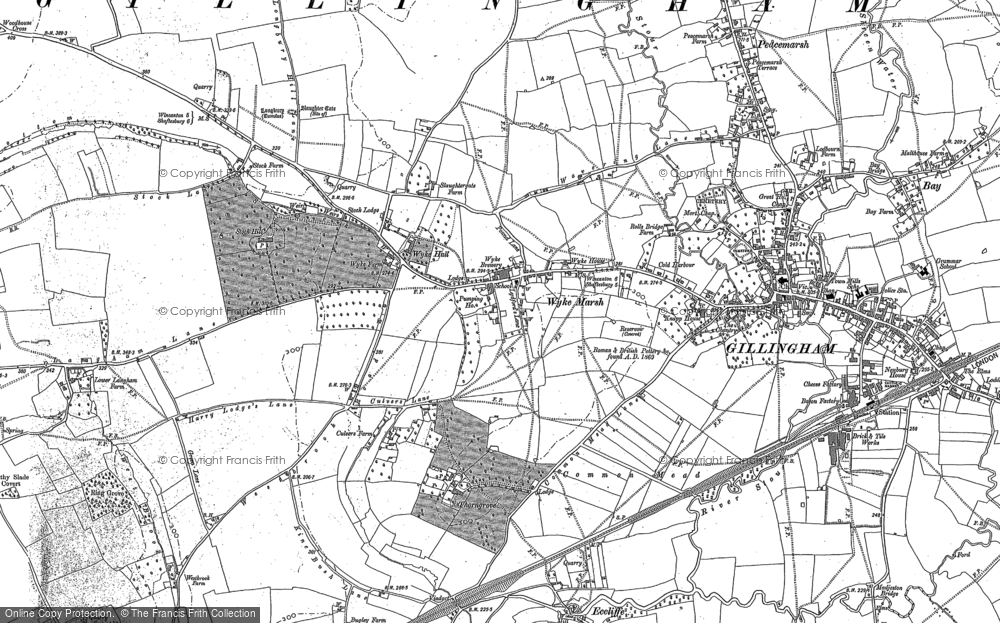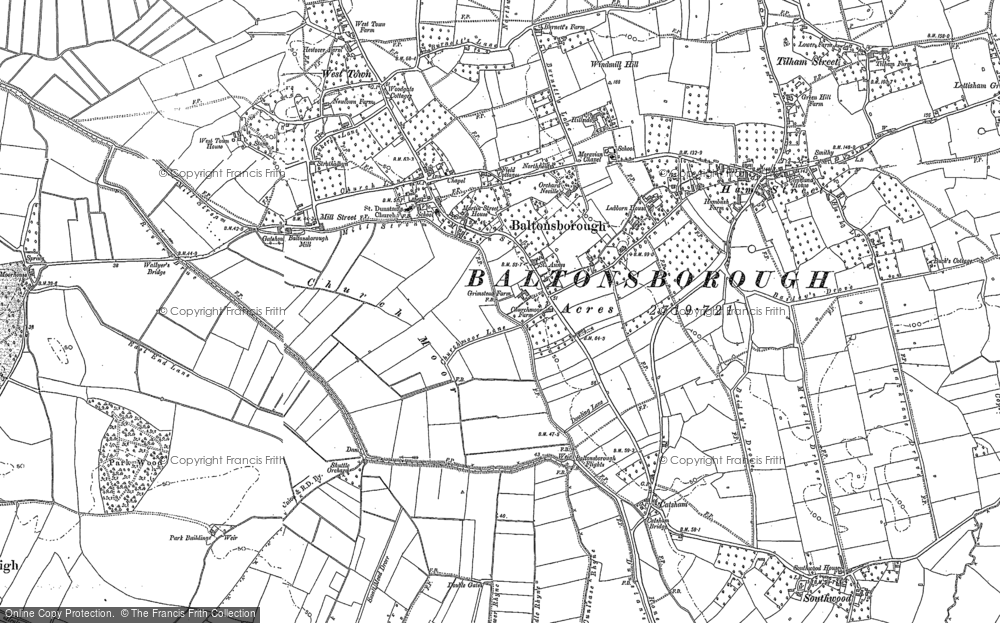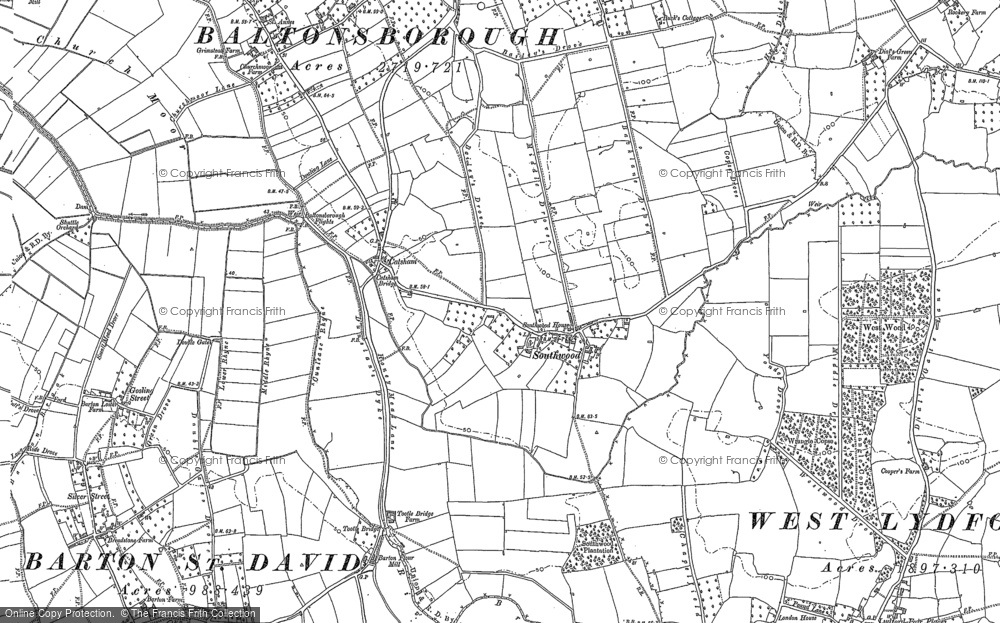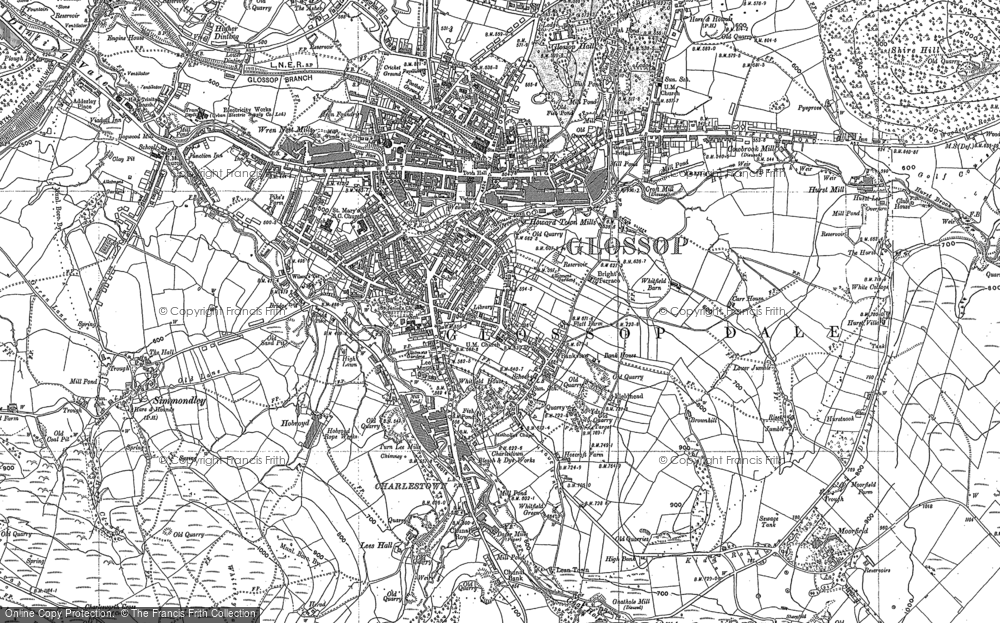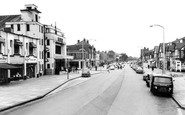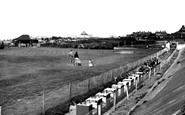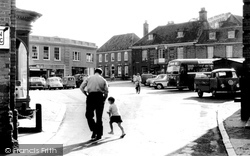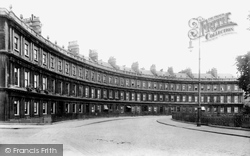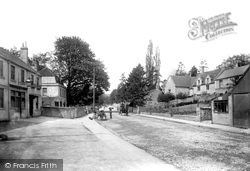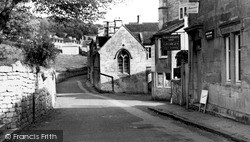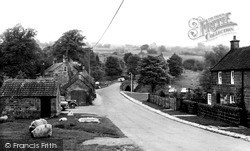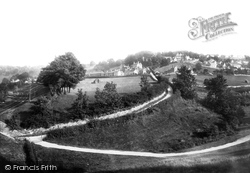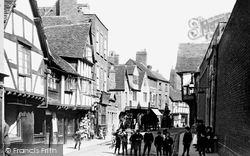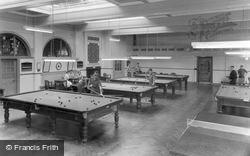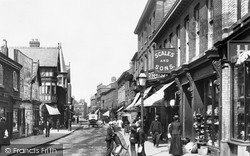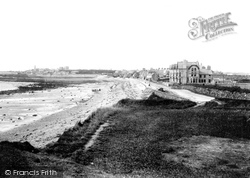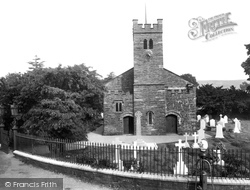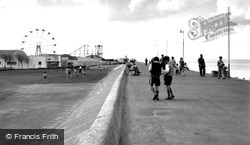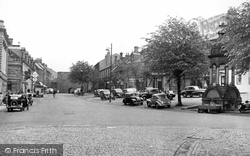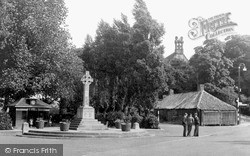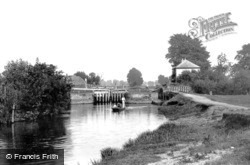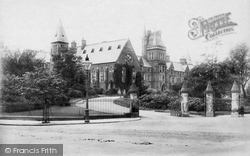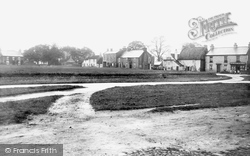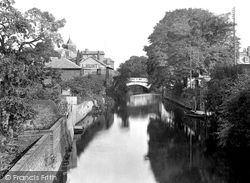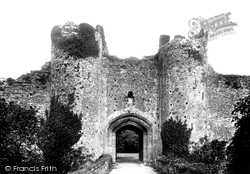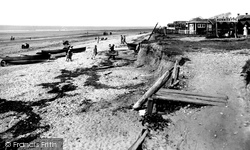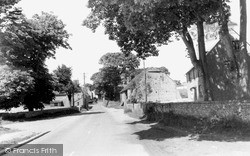Places
36 places found.
Those places high-lighted have photos. All locations may have maps, books and memories.
- Shanklin, Isle of Wight
- Ventnor, Isle of Wight
- Ryde, Isle of Wight
- Cowes, Isle of Wight
- Sandown, Isle of Wight
- Port of Ness, Western Isles
- London, Greater London
- Cambridge, Cambridgeshire
- Dublin, Republic of Ireland
- Killarney, Republic of Ireland
- Douglas, Isle of Man
- Plymouth, Devon
- Newport, Isle of Wight
- Southwold, Suffolk
- Bristol, Avon
- Lowestoft, Suffolk
- Cromer, Norfolk
- Edinburgh, Lothian
- Maldon, Essex
- Clacton-On-Sea, Essex
- Norwich, Norfolk
- Felixstowe, Suffolk
- Hitchin, Hertfordshire
- Stevenage, Hertfordshire
- Colchester, Essex
- Nottingham, Nottinghamshire
- Bedford, Bedfordshire
- Bury St Edmunds, Suffolk
- Aldeburgh, Suffolk
- St Albans, Hertfordshire
- Hunstanton, Norfolk
- Chelmsford, Essex
- Bishop's Stortford, Hertfordshire
- Peterborough, Cambridgeshire
- Brentwood, Essex
- Glengarriff, Republic of Ireland
Photos
9,106 photos found. Showing results 7,161 to 7,180.
Maps
181,006 maps found.
Books
11 books found. Showing results 8,593 to 11.
Memories
29,056 memories found. Showing results 3,581 to 3,590.
Memories
My mother Gwen Clayden worked at the Ritz cinema during the war years, and spent many evenings on the roof doing fire watch. As a teenager in the mid sixties I remember many shops along Darkes Lane including Woolworths opening (in the ...Read more
A memory of Potters Bar
Fleetwood, Miniature Railway C1955
The miniature railway was built by a Mr Dove and his family and I know this as they stayed at my parents hotel, The Fairhaven, and we had parts of the trains in the garage. Mr Dove and his family came from the Derbyshire area.
A memory of Fleetwood in 1955 by
The Jetty, River Plant
January 1977. The rain was almost horizontal that day, ice cold too, as I walked towards the hut at the delivery wharf of the Ford River Plant in Dagenham, Essex, I thought to myself that it really could not be any worse ...Read more
A memory of Dagenham in 1977 by
British Legion Miners Welfare Club
I have many fond memories of the Legion in Grendon Road Polesworth. It was demolished sometime in the 1980s, does anyone have any pictures of it or its members and committee, Many thanks, Neville
A memory of Polesworth in 1970 by
Evacuee
My Grandmother rented a cottage (Era Goch) during the war and I went to live with her as a sort of evacuee. I used to attend the one room school in Dwyran. I played with my friends on the beach. I don't know how we did not drown as we would go ...Read more
A memory of Dwyran in 1940 by
Those Were The Days My Friend
My Mum and Dad owned the Orange Cafe on the Staines Road West but when I came along, they moved to Green Lane. My brother and I had many happy days down on the Island in Lower Sunbury, both using the pool or swimming in ...Read more
A memory of Sunbury in 1956 by
Wedding In Lichfield
I remember attending the weddng of Christine and Tony Cutland. It was a fantastic affair as most of the guests were from a construction company called Turriff . I would love to see Chris and Tony again. I do know they had a ...Read more
A memory of Lichfield in 1969 by
Sir John Deanes
My old school, unchanged when I was there in the mid/ late 70s. I returned for visit in 2007 old building unchanged then as well. Memories of wooden school rooms, chalk and those cranky mobiles from NE8 onwards.
A memory of Northwich in 1976 by
Kettering Tyres Ltd
I joined Kettering Tyres in Newton Road in the late sixties, as assistant to the late Cedric "Tiny" Guilford - "Tiny" was a larger than life character in every way - twenty-odd stone and with a personality to match. The Socialist ...Read more
A memory of Rushden in 1967 by
Those Were The Days
I lived in Union St flats, Amanda Ave. I will never forget my roots, and the best childhood you could wish for. There were 7 of us best friends, we played out all day and night without a worry in the world. Kick can, raillivo, ...Read more
A memory of Ardwick in 1957 by
Your search returned a large number of results. Please try to refine your search further.
Captions
29,158 captions found. Showing results 8,593 to 8,616.
The 18th-century coaching inn, the Black Boys, with its Dutch gable, is in the centre of the picture.
A walk up Gay Street, named after Robert Gay, who granted John Wood the lease on this hilly area north-west of the old city, leads to one of the most celebrated pieces of this remarkable city's townscape
Upper Weston has all the appearance of a typical Cotswold stone village with its main street winding gently uphill.
Back across the river, via the Batheaston toll bridge, follow the Avon south before turning right to Monkton Combe, a delightful village nestling in the valley of the Midford Brook.
Madingley is a typical example of an estate village, remodelled in order to improve the view from the landlord's mansion.
The road leads down through the village of Lealholm to the bridge over the River Esk in the background.
On the left is the main London railway line and, still further to the left, the Thames and Severn Canal.
Friar Street was an odd assortment of buildings, including a number of 15th- and 16th-century half-timbered houses and shops.
Mention Catterick to most people and they will immediately think of the great army garrison, which is actually situated four miles from the village itself.
This was one of the principal shopping streets of the town, though the Methodist New Connection chapel and the Salvation Army Hall were also along here.
If coal was burned in these houses, it had to be imported from the mainland.
The blue-grey slate walls of Coniston parish church looks down on a memorial to one of England's greatest writers and social reformers, John Ruskin.
East of Gravesend, near where the Thames Estuary meets the North Sea, is Sheerness, a port and seaside resort on the north-west corner of the Isle of Sheppey.
Here we see Bondgate with its famous slope of cobbles. The buildings on the right are mainly late 18th- and early 19th-century.
The Village c1965 This photograph was taken after the formation of Washington New Town.
The bushes to the left hide the site of the old abbey at Abingdon, founded in 676 and again in 955 after the original had been destroyed by marauding Danes. It was the mainstay of this area.
This well-known public house stands at the foot of the Downs. The area was noted for grazing sheep. There is a spring-fed well by the roadside next to the pub.
There was an urgent need for this school for the sons of Methodist ministers, for the ministers were re-located every three years.
Between 1801 and 1901 the industrialisation process brought tens of thousands of people into Staffordshire. The population of Cannock rose from 1,359 to 23,974; Wolverhampton from 12,565 to 94,187.
Looking across the green at the airy and spacious village, we see the Old Rectory (left); the tallest of the next three buildings is the old police station and court house, with the White Heifer pub on
Entering the town, you may see some of the following: several acres of Victorian housing, from railway-side terraces to detached, self-confident villas; a church with a nice green spire; a white
Those of you familiar with Amberley will see that this picture pre-dates the restoration of the battlements on the 14th-century gatehouse.
In the 7th century, Selsey was the cultural centre of Sussex.
Polegate, with its typical flint walls and buildings, lies just below the extreme eastern end of the South Downs.
Places (6814)
Photos (9106)
Memories (29056)
Books (11)
Maps (181006)




